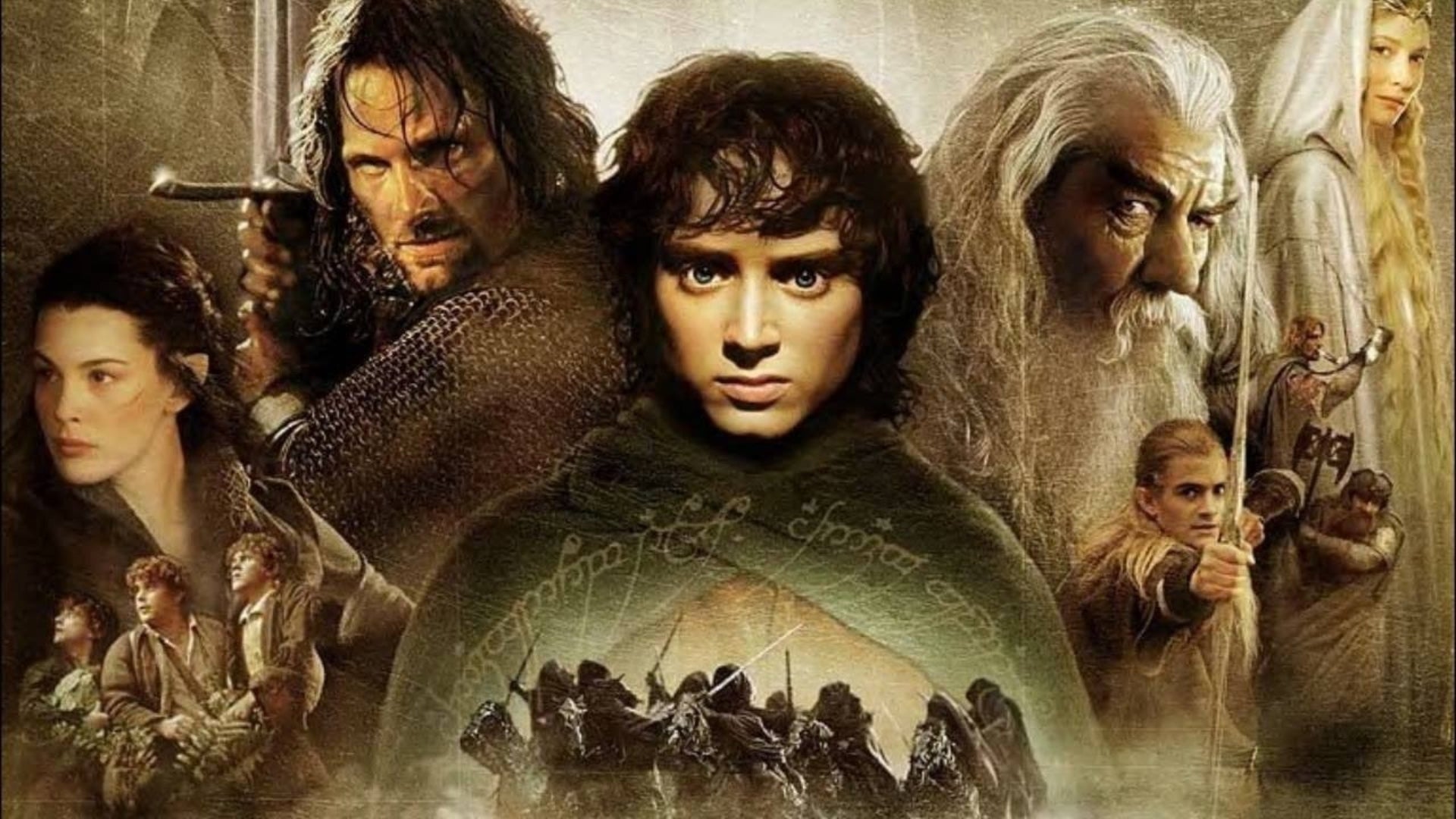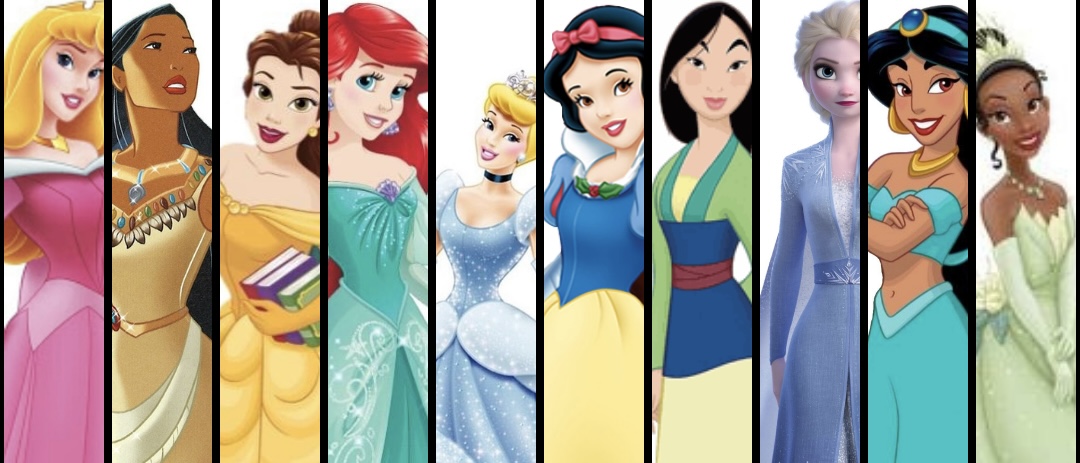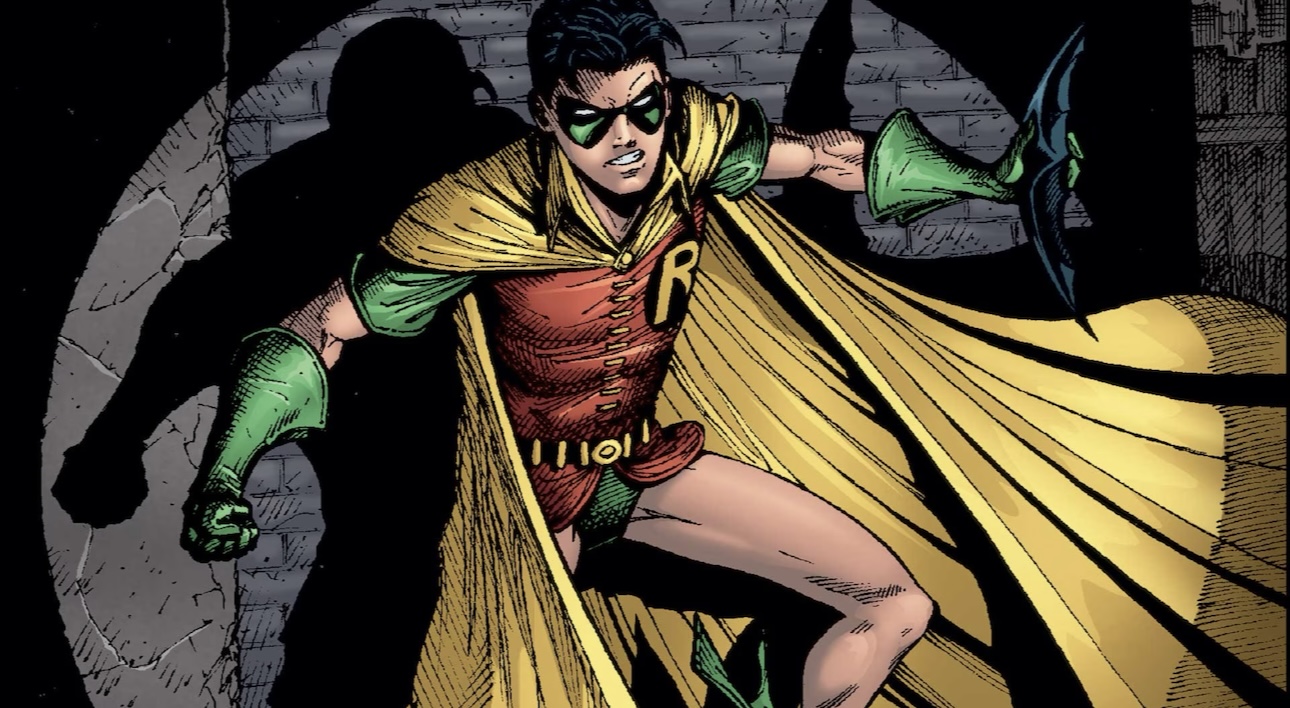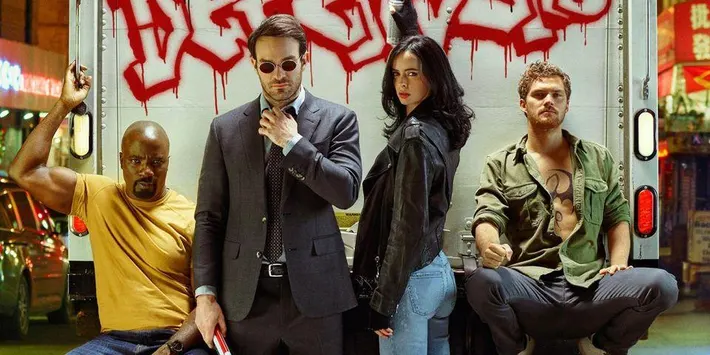Welcome to the enchanting world of Middle-earth, a realm filled with hobbits, wizards, elves, dwarves, and the looming presence of dark forces. If you’re new to the epic fantasy genre, there’s no better introduction than Peter Jackson’s film adaptation of J.R.R. Tolkien’s timeless masterpiece, “The Lord of the Rings.” In this beginner’s guide, we’ll navigate the rich tapestry of this cinematic trilogy, providing insights, essential background, and tips to ensure you embark on this epic journey fully prepared.
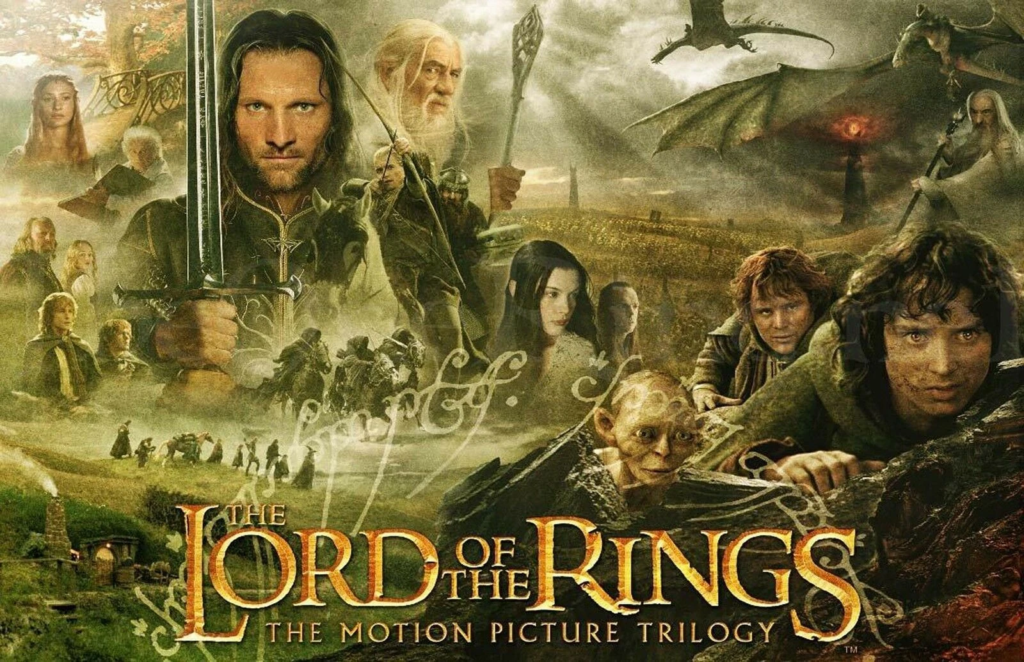
The Foundation: J.R.R. Tolkien’s “The Lord of the Rings”:
Before delving into the cinematic realm, it’s crucial to understand the literary origins. J.R.R. Tolkien’s “The Lord of the Rings” is a trilogy of novels— “The Fellowship of the Ring,” “The Two Towers,” and “The Return of the King.” Published between 1954 and 1955, these books form the cornerstone of modern fantasy literature, inspiring generations of readers and writers.
The narrative unfolds in the fictional land of Middle-earth, where a dark power, the Dark Lord Sauron, seeks to conquer and control the world by obtaining the One Ring—a powerful ring that grants immense power. The fate of Middle-earth rests on the shoulders of a diverse group of characters, from the humble hobbit Frodo Baggins to the wise wizard Gandalf.

The Cinematic Masterpiece: Peter Jackson’s Adaptation:
In the early 2000s, director Peter Jackson undertook the monumental task of bringing Tolkien’s masterpiece to the big screen. The result was a cinematic triumph that garnered critical acclaim, numerous awards, and a dedicated global fanbase.
The film adaptation preserves the core narrative of the books while making necessary adjustments for cinematic storytelling. The trilogy includes “The Fellowship of the Ring” (2001), “The Two Towers” (2002), and “The Return of the King” (2003), released in consecutive years. Each film offers a captivating installment in the overarching story, and together, they create a seamless and immersive cinematic experience.
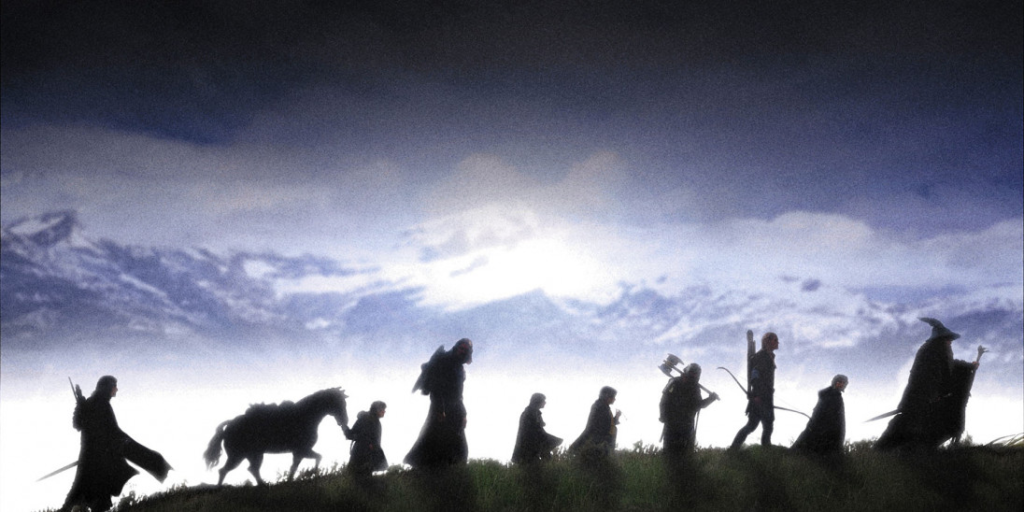
Key Characters: An Overview:
The Lord of the Rings is rich with characters, each contributing to the epic tale. Here are some key figures to keep in mind:
Frodo Baggins: The humble hobbit tasked with the monumental responsibility of destroying the One Ring.
Aragorn (Strider): A skilled ranger and the true heir to the throne of Gondor.
Gandalf the Grey/White: A wise and powerful wizard who guides and aids the Fellowship.
Legolas: An elven archer with incredible agility and marksmanship.
Gimli: A stout dwarf warrior and companion of Legolas.
Samwise Gamgee: Frodo’s loyal friend and companion.
Gollum (Smeagol): A once-hobbit corrupted by the One Ring, serving as a complex and conflicted character.

The Journey Begins: The Fellowship of the Ring (2001):
The adventure kicks off with “The Fellowship of the Ring,” introducing us to the idyllic Shire, home to the hobbits, including our protagonist, Frodo Baggins. When Frodo inherits the One Ring from his uncle Bilbo, he becomes the unlikely bearer of a burden that could determine the fate of Middle-earth.
Accompanied by a diverse group known as the Fellowship, including Aragorn, Legolas, Gimli, Boromir, Gandalf, and others, Frodo embarks on a perilous journey to Mount Doom in the land of Mordor—the only place where the One Ring can be destroyed and Sauron defeated.
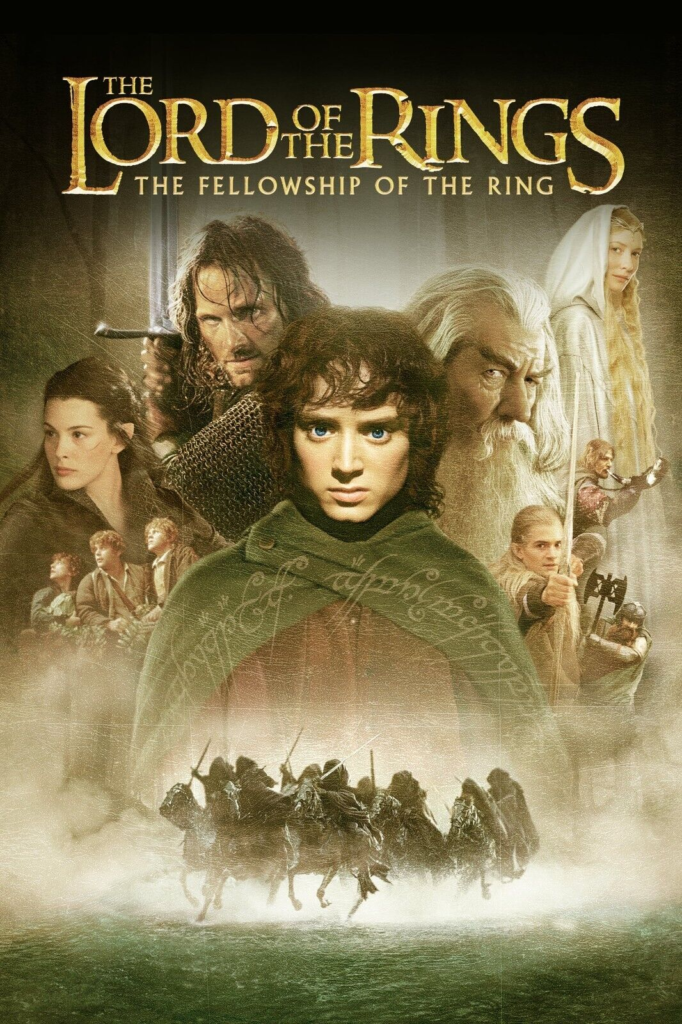
The Expanding Quest: The Two Towers (2002):
“The Two Towers” continues the saga, with the Fellowship now scattered. Frodo and Sam find an unexpected guide in the mysterious Gollum, who has a history with the One Ring. Meanwhile, the people of Middle-earth face the growing threat of Saruman, a corrupted wizard, and his vast army of orcs.
The narrative simultaneously follows Aragorn, Legolas, and Gimli as they forge alliances with the people of Rohan and face the epic Battle of Helm’s Deep. This installment weaves together multiple storylines, showcasing the vastness of Middle-earth and the challenges faced by its inhabitants.
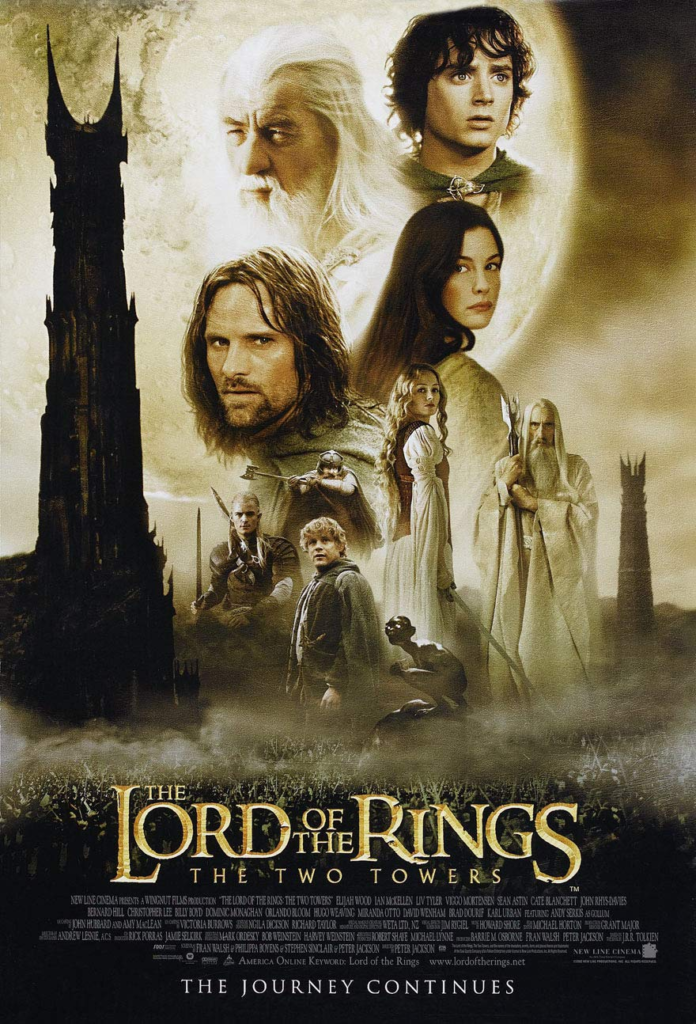
The Culmination: The Return of the King (2003):
The journey reaches its zenith in “The Return of the King,” a sweeping conclusion that masterfully ties together the intricate threads of the trilogy. Frodo and Sam edge closer to Mount Doom, facing internal and external struggles. The battle for Middle-earth reaches its climax in the epic Battle of Pelennor Fields, where Aragorn fulfills his destiny as the true heir to the throne.
As the stakes escalate, the characters confront their fears, sacrifices are made, and the fate of Middle-earth hangs in the balance. “The Return of the King” is a cinematic triumph, earning 11 Academy Awards, including Best Picture.

Themes and Motifs: The Heart of Middle-earth:
At its core, The Lord of the Rings explores timeless themes such as friendship, courage, sacrifice, and the struggle between good and evil. The One Ring, with its corrupting influence, symbolizes the allure of power and the moral tests faced by the characters.
Middle-earth is richly detailed, drawing inspiration from various mythologies, folklore, and Tolkien’s own linguistic expertise. The lush landscapes, diverse cultures, and mythical creatures contribute to the immersive and enchanting atmosphere.
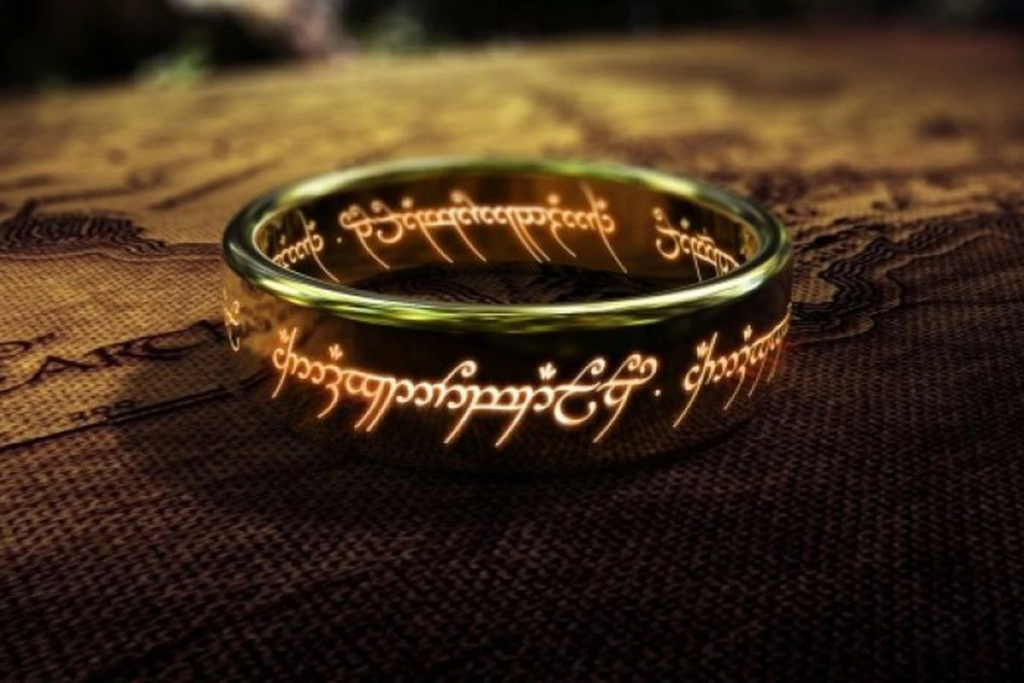
An Evergreen Epic for All:
As you embark on this cinematic journey through Middle-earth, remember that The Lord of the Rings is a timeless tale that welcomes audiences of all ages. Its enduring themes, memorable characters, and unparalleled storytelling make it a cinematic masterpiece that continues to enchant and inspire. So, sit back, relax, and allow yourself to be transported to Middle-earth.
Comment below on if you think Lord of the Rings is the greatest trilogy ever?

